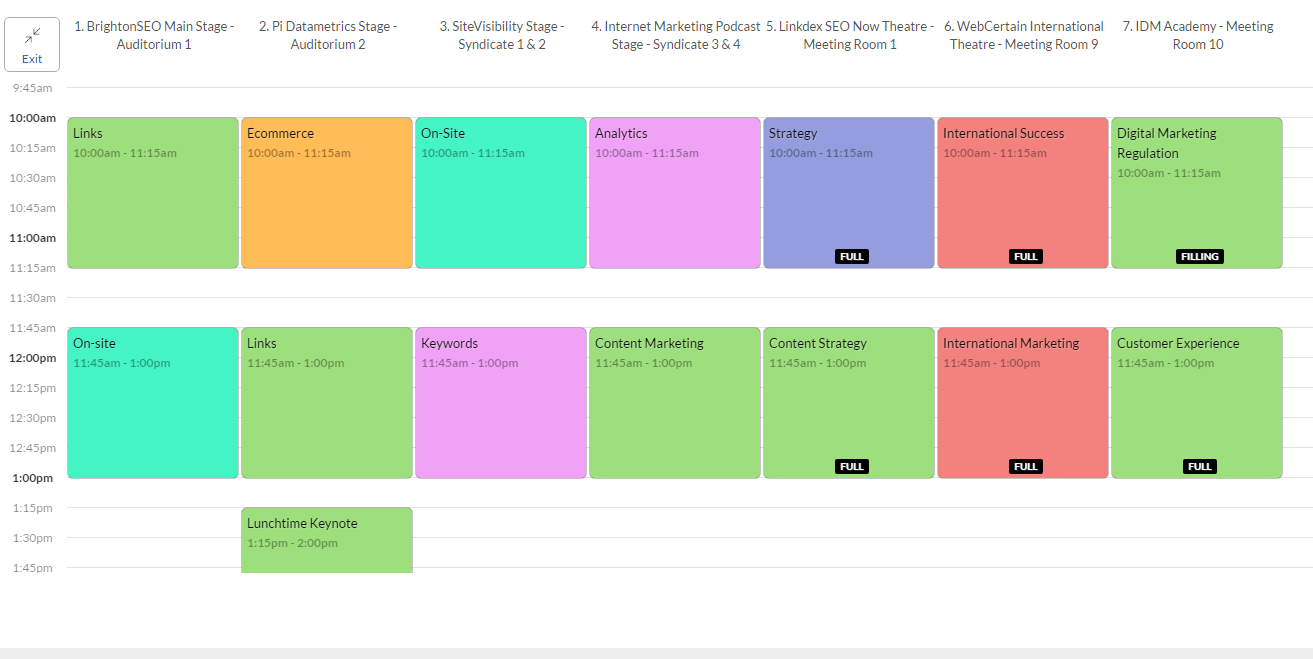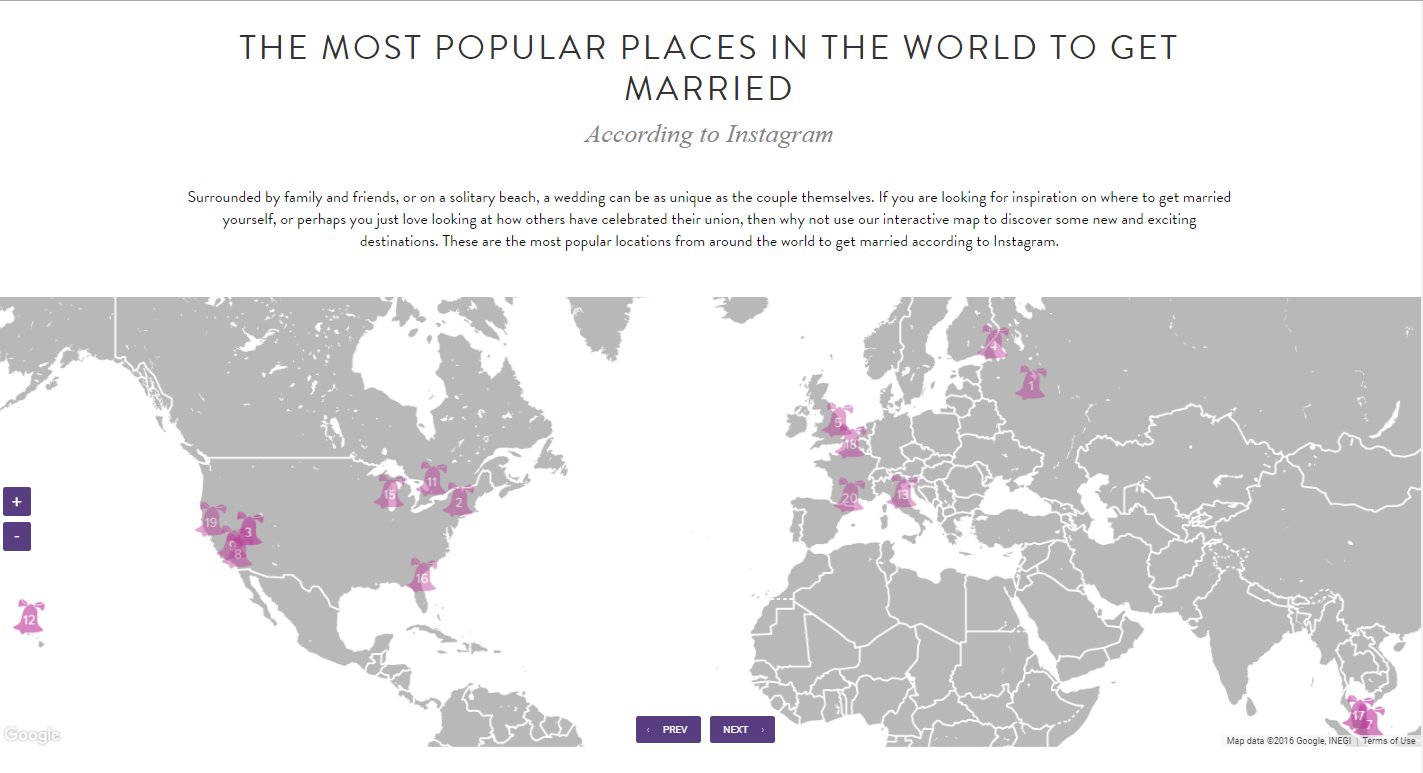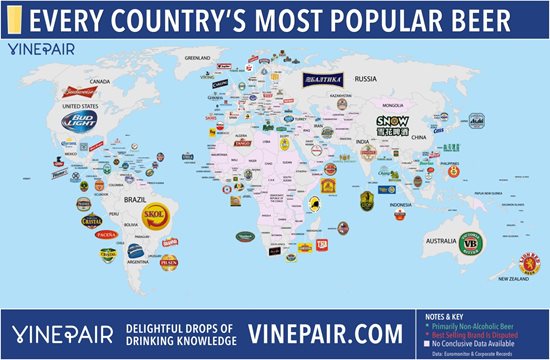This was my first time at BrightonSEO but the layout is pretty simple; there are 4 stages where the talks take place and 3 meeting rooms for the round table discussions and training. The talks I went to were ‘Links’, ‘Content Marketing’, ‘Social’, ‘Content Success’ and the final keynote talk.

Here are the 7 things I took away from this year’s Brighton SEO:
1. Email is still a player
When you think of email marketing, you may think of the spam emails you receive offering things such as a ‘surprise waiting for you’ or how you’ve won a ‘competition’, but according to Steve Linney from Brighton based digital marketing agency eMRKTING, email is most definitely still a player, as long as it’s done correctly.
95% of adults in the world have an email address and most check this at least once a day so it is important to stand out from the crowd. This can be done by:
• targeting the correct audience
• sending your email at the correct time of day
• writing a compelling subject line
• implementing a mobile first design
• having a high converting landing page
• writing good content
But are there SEO benefits to email marketing? The answer to this is yes. It can boost the number of visitors to your site, the number of internal & external links and increase social sharing, with email recipients three times more likely to share content via social media.
An email schedule will help massively in planning when you’re going to send and the content that is going to be in the email.
2. Create videos for a specific platform
Video strategist Phil Nottingham explained how all social networking sites are now video platforms, with YouTube, Facebook, Twitter, Instagram and Snapchat being the main ones. The way users interact with videos is very different from site to site and this must to be taken into account. It is recommended that businesses choose the platform and then create specific videos (or versions of the videos) for each of these.
YouTube
Music videos are the most watched type of video on YouTube. This gives an indication as to the way users are ‘watching’ videos, most likely users will have the video running in the background with the audio being the important part of the video.
Facebook
Videos on Facebook start autoplaying with no sound as soon as the user scrolls down their timeline to it. According to media publishing and events company Digiday, as much as 85% of videos on Facebook are watched with no sound and so businesses publishing videos to Facebook have to take this into account. A ‘text heavy’ explanation of the content can help engage those users watching videos without sound.
Twitter
Similarly to Facebook, videos on Twitter also autoplay with no sound and so the same principles apply here. Twitter has introduced their ‘media studio’. It allows you to access all your media (videos, images, GIFs etc.) from one place and schedule video tweets.
Instagram
With Instagram, the different ‘types’ of videos that users can upload need to be taken into account too. They can range from normal videos, to image sequences and gifs. With Instagram it is remember to use plenty of hashtags. Unlike Twitter where the recommended maximum number is three, on Instagram you should use a larger number in order to reach a much larger audience.
Snapchat
While YouTube, Facebook, Twitter and Instagram are used predominantly by mobile users, snapchat is a mobile only platform. This means that videos have to be filmed on mobile and the only way users can view these are if they follow the business. The benefits of this are the 1-to-1 communication that is taking place with users as well as the ‘behind the curtain’ view that businesses can give users.
3. Facebook ads: be picky with who you target, but don’t be creepy
Greg Gifford gave a session on Facebook ads, full of movie references and was one of my favourites of the day. He described Facebook ads as previously being “the drunk guy who showed up late to the party and annoyed everyone”, but nowadays they offer businesses ‘amazing’ ad targeting capabilities, while being very cost effective.
He gave three tips for creating a successful Facebook ad:
• Be extremely picky with your targeting
• Don’t be creepy
• Use awesome images
There are a number of different types of Facebook ads you can pick from:
• Page post engagement
• Page likes (although not recommended as they are just a vanity metric)
• Clicks to website
• Website conversions
• App installs
• App engagement
• Offer claims
• Video views
• Local awareness
He recommended using the in-depth demographic targeting that is available, some of these include:
• Life events (e.g. an upcoming birthday or a new relationship)
• Friends of life events (e.g. friends of anniversary within 30 days or friends with an upcoming birthday)
• Parents
• Political beliefs
Through the use of these demographic targeting and the type of Facebook ads available to use, businesses have the option to specifically target those that the advert would appeal to the most, therefore potentially increasing the amount of clicks received as well as conversion rate.
4. Develop reusable content
Paddy Moogan from digital marketing agency Aira spoke about ‘sustainable’ content marketing and about creating a content strategy.
One strategy he mentioned was to create content which can then be edited and used again. The example he gave was for jewellery business Ingle & Rhode. Aira created an interactive map of the top 20 places in the world to get married (according to Instagram). Initially creating the map was difficult and time consuming, but now they have the initial design, it can be used again to create other interactive map, e.g. for the top 20 most popular honeymoon destinations.

5. How to fail less often when creating content
Hannah Smith, head of creative at Verve Search, gave a presentation on how some content fails to engage and confuses people. In order to help create better content, Hannah and her team created a framework to enable them get better at pitching ideas.

Relevant
This part makes you look at whether this is the right thing to do for the company and if the content fits the brand.
Resonant
Here you are explaining why people will care about your content. Hannah then went on to explain that people will only link to your content if it resonates with them, meaning it makes them feel something or it captures their imagination.
Different
This part is pretty self-explanatory, the content has to be different from what’s already out there.
An example that she looked at was a map of the most popular beer in each country. This infographic received coverage on over 500 sites and she wondered why. When she looked into it further and what people were saying about it, she realised that it was creating a feeling of nostalgia for traveling and trying different beers in different countries.

6. Some lessons from link building in 2009 still apply in 2016
Stacey MacNaught gave a talk on what we can learn from link building in 2009 and incorporate into today’s link building strategy.
Quantity matters
Cold emailing to generate links has a poor response rate; this means that you’ll have to email a large number of people in order to gain a small amount of links, so you have to play the numbers game. There are a number of tools that can automate the process, such as cisionpoint and hey press.
Tactical link acquisition
Content marketing is just one tactic in gaining links and focusing on this means you’re putting all your eggs into one basket. Instead you should use a few techniques. The examples that Stacey gave were image distribution for attribution links and feature and column contributions.
Find the quicker wins
In 2009, this meant using brokers in order to gain links, but now it means to go to local and regional press. A number of journalists will actually write for both so you can acquire links from both too. The national press e.g. the BBC, gets a lot of its news from the local and regional press also.
7. Digital marketing receives only 37% of the marketing budget
Simon Bennison from digital marketing agency Caliber gave a talk on how you can put a price on digital content.
One surprising aspect of his talk was about how a marketing budget is split between offline and digital marketing. On average, digital marketing receives only 37% of the marketing budget. Once this has been broken down, 5% is spent on paid search, 4% on content marketing and 2% on SEO.
Simon stressed the benefits that investing in content has to a business and used the example of the Netflix show ‘Making a Murderer’. Since 2005 the story of Steven Avery and Brendan Dassey had been followed and filmed by Laura Ricciardi and Moira Demos, turning it into a documentary. Initially they had pitched the show to PBS and HBO, but it was turned down by both. In 2013 Netflix agreed to take it on after obviously seeing something great about the content and it has been one of the most popular shows on the streaming site since its release in 2015.
If you’d like to see more reaction to Brighton SEO or any of the other slideshares that are being shared, you can check out #BrightonSEO on twitter.